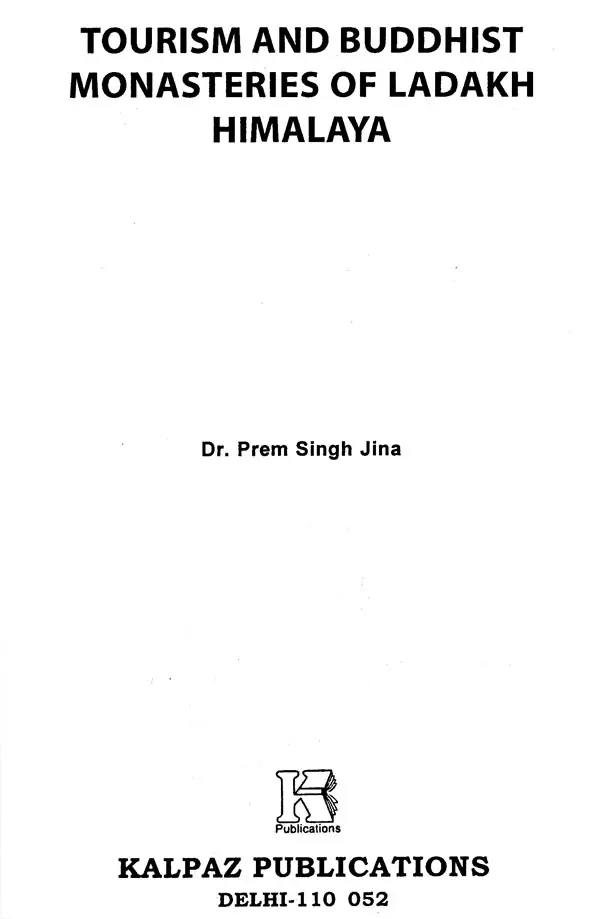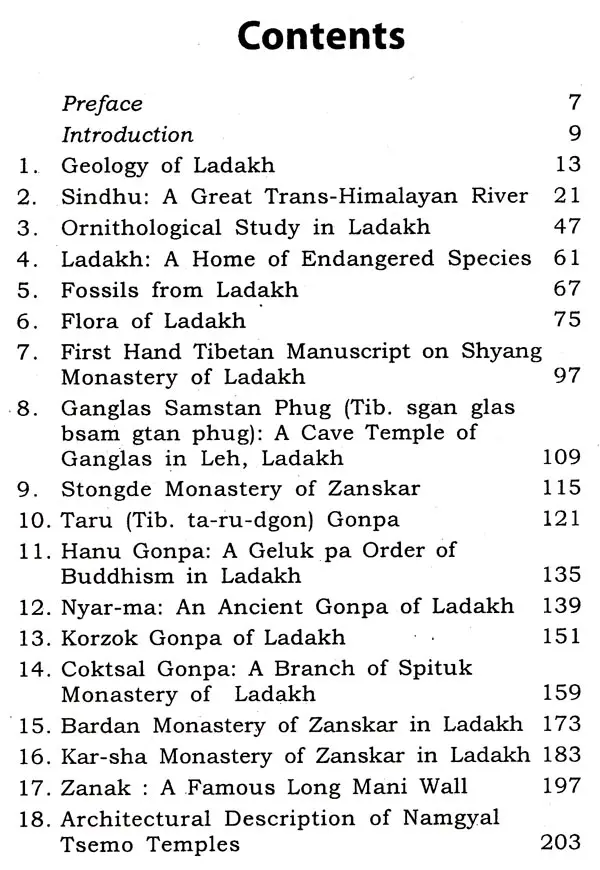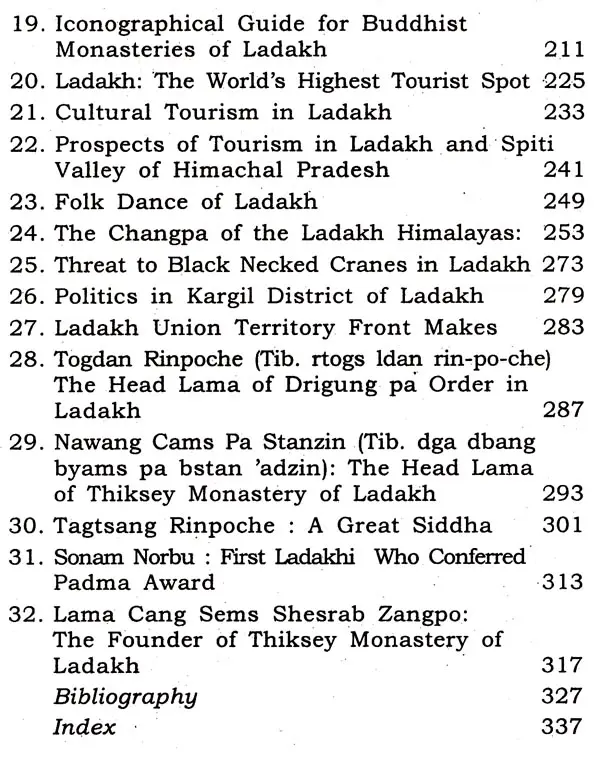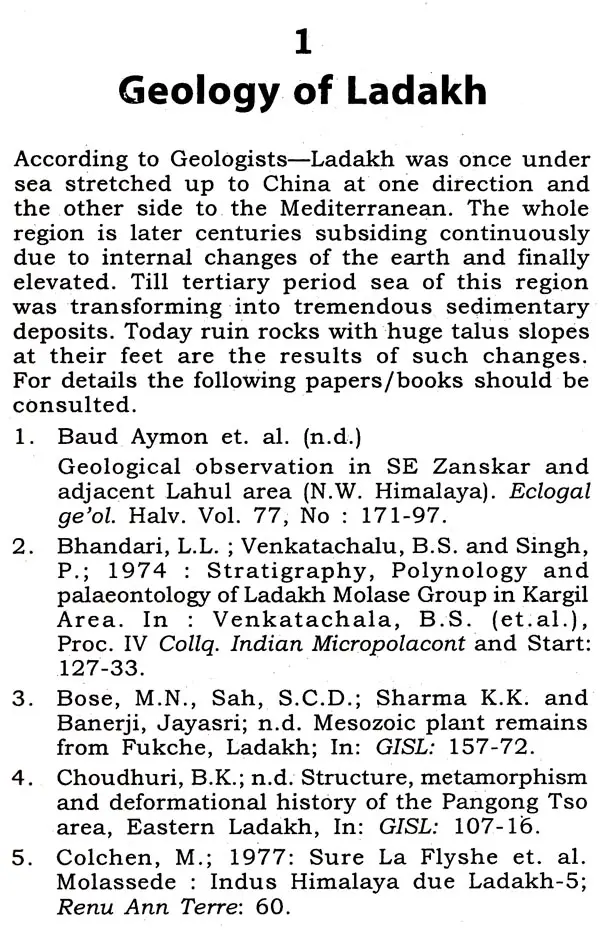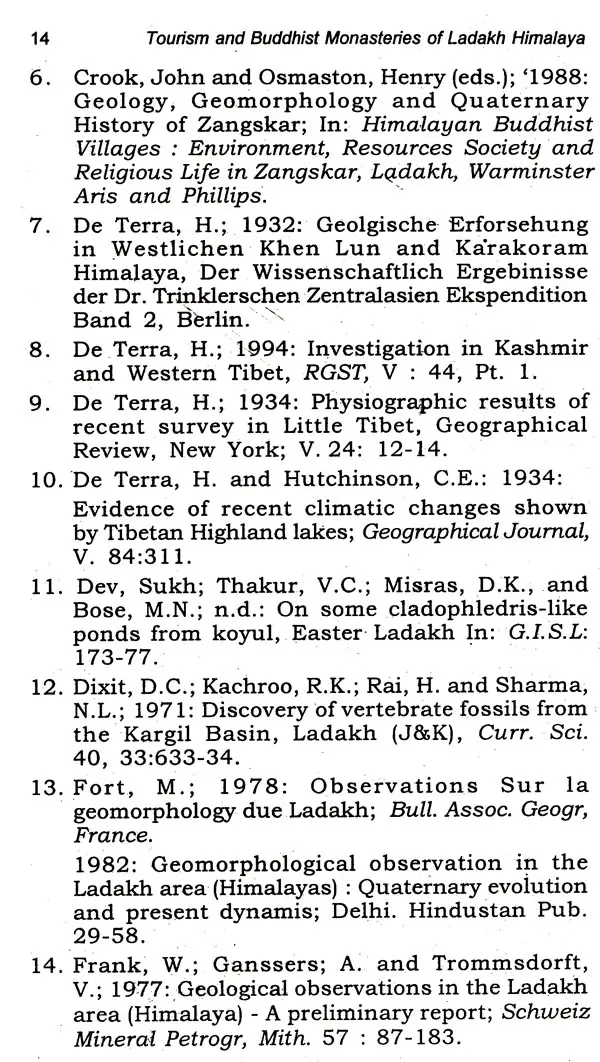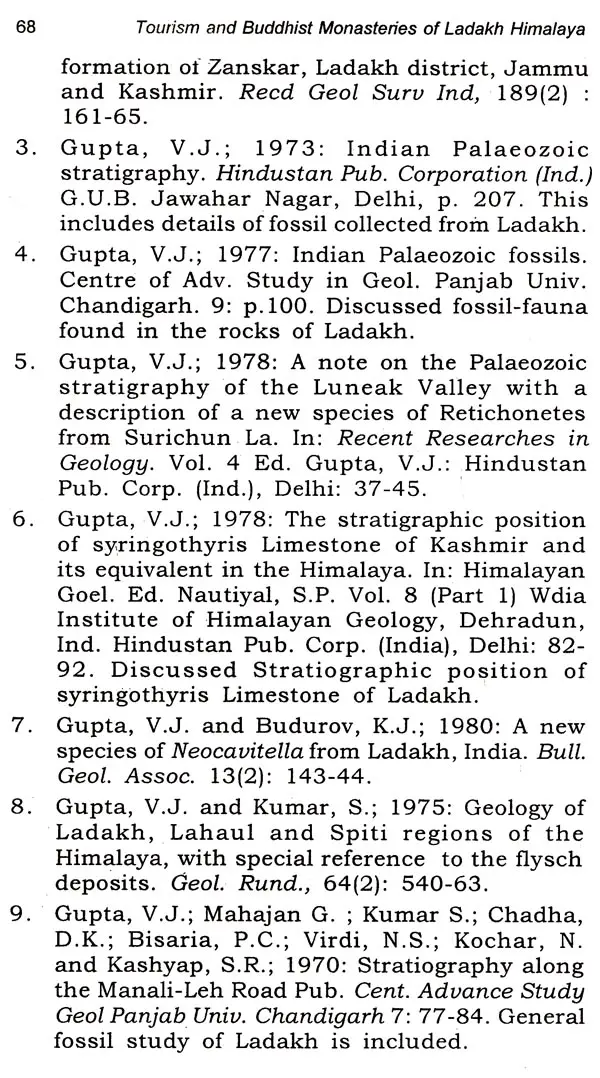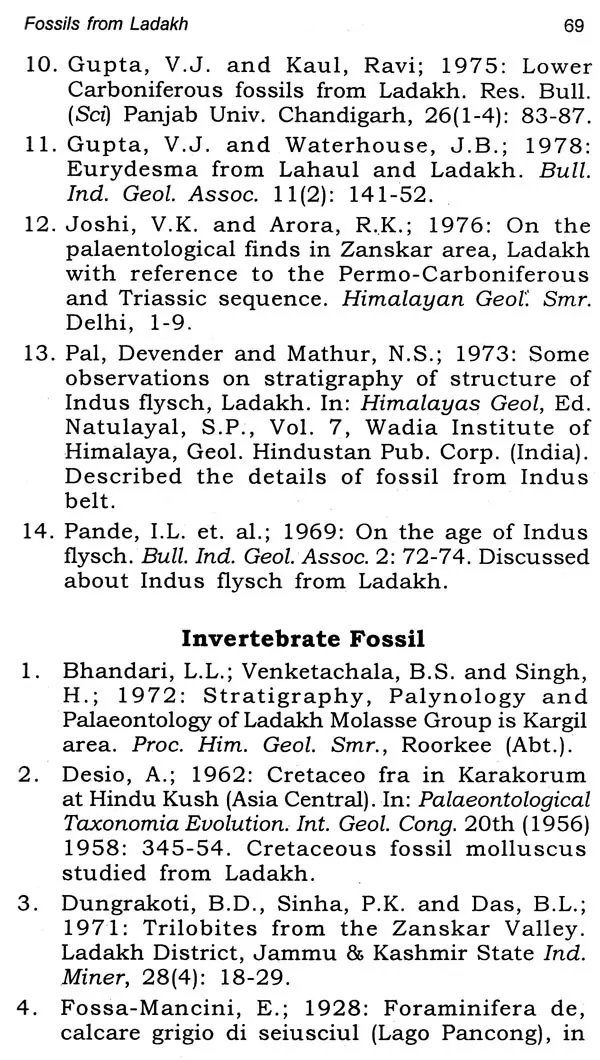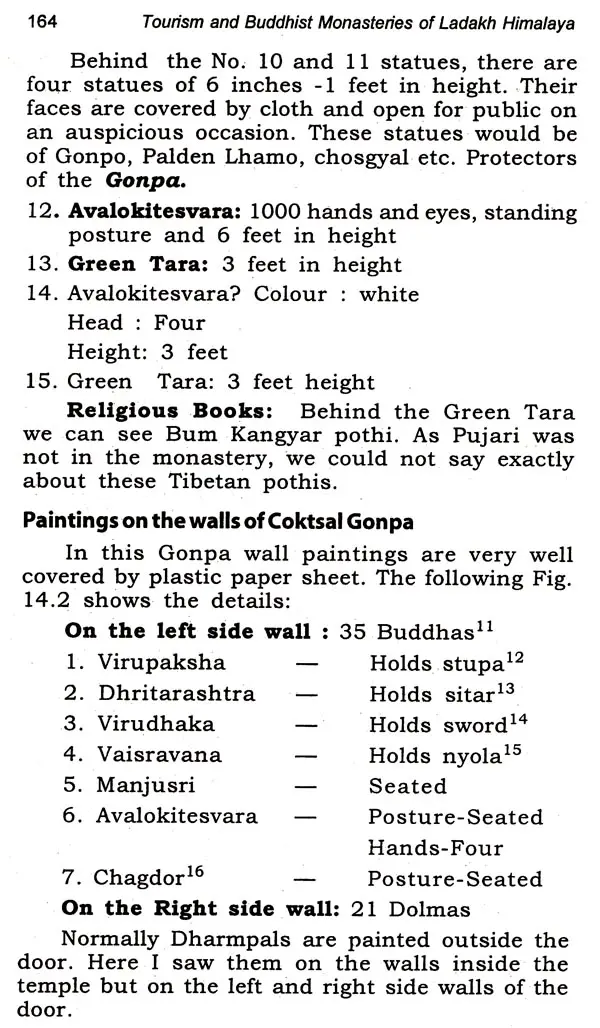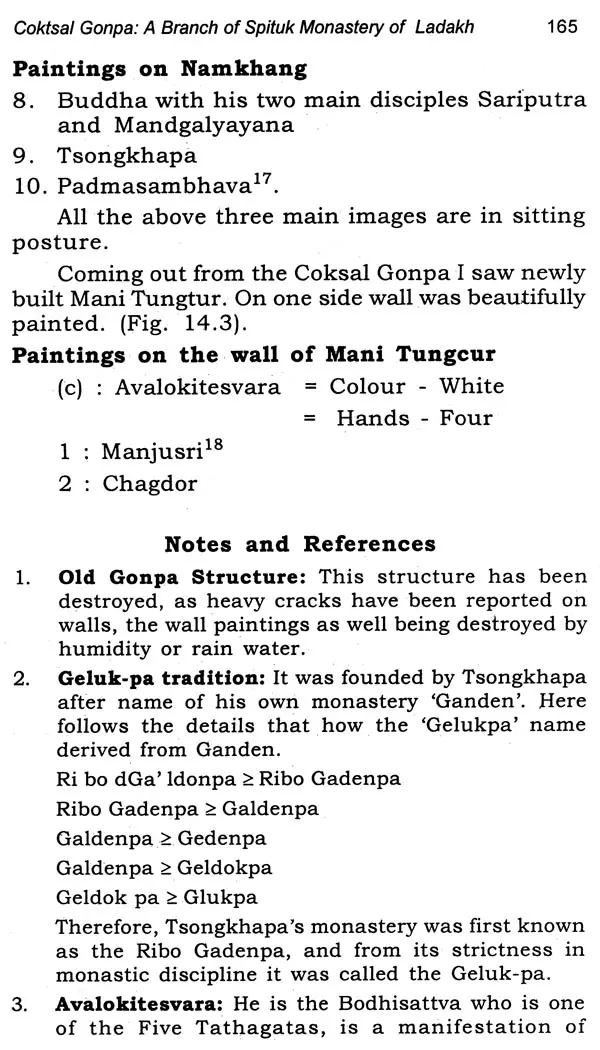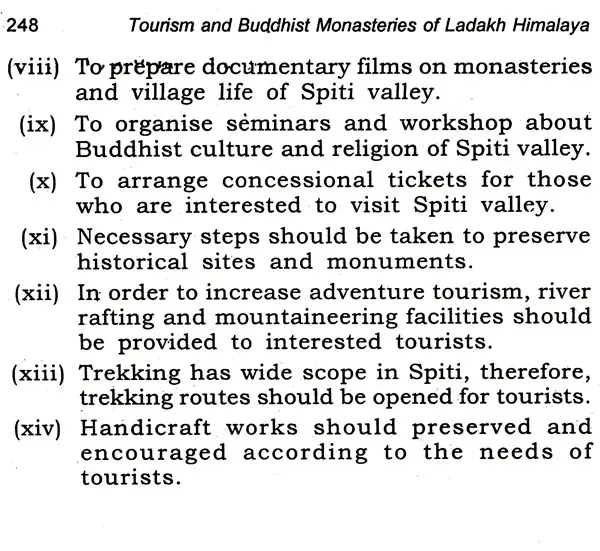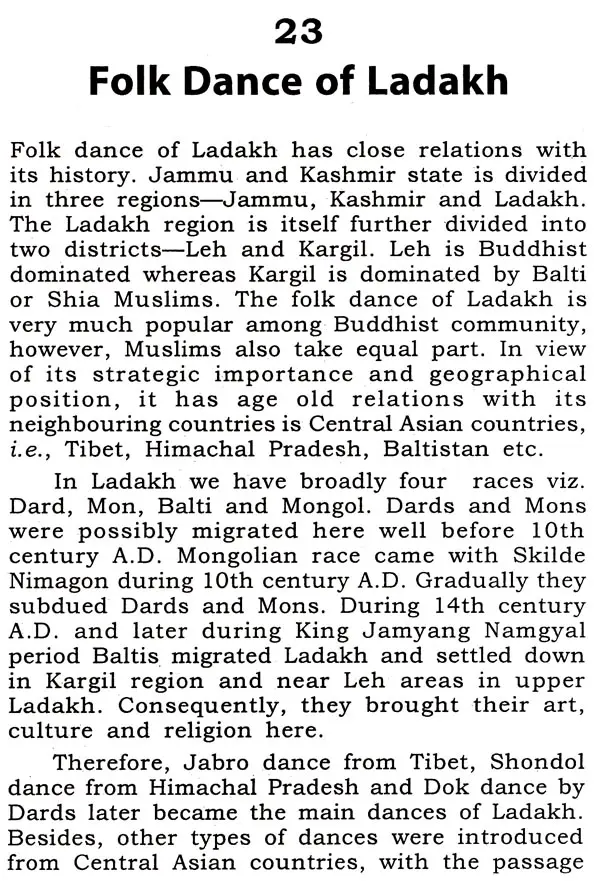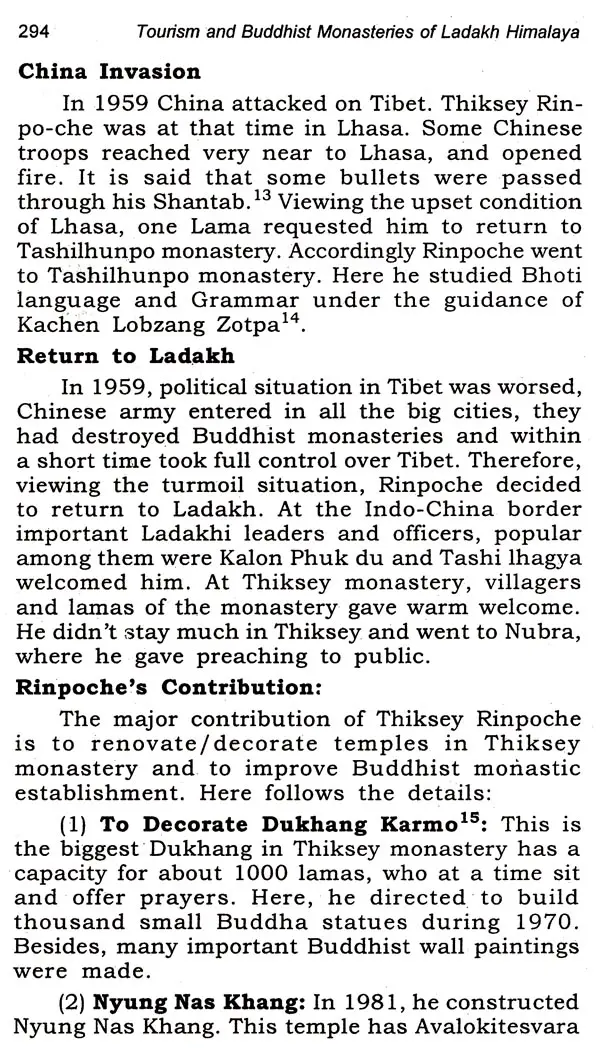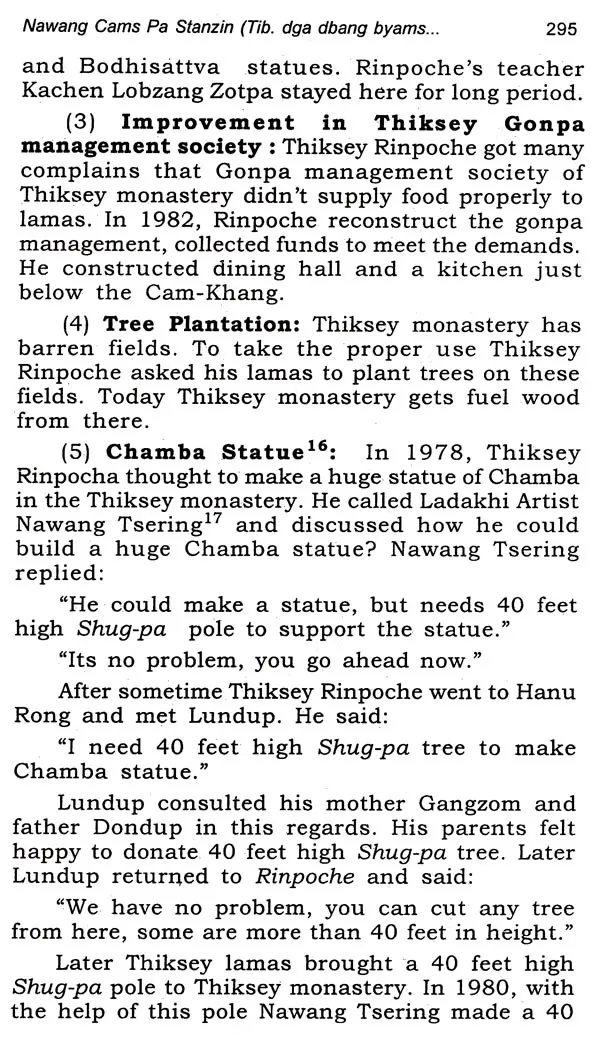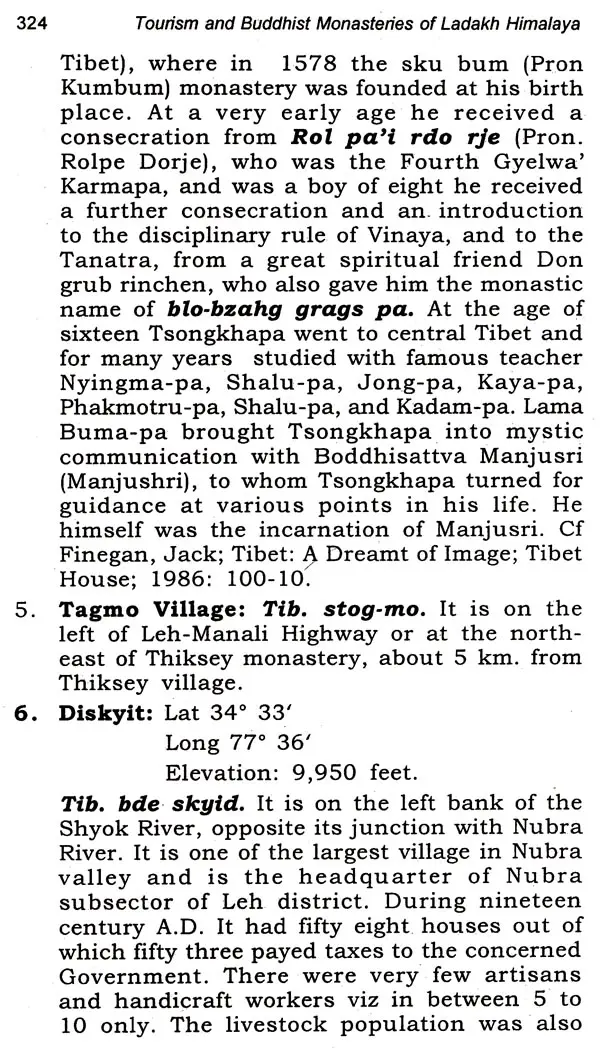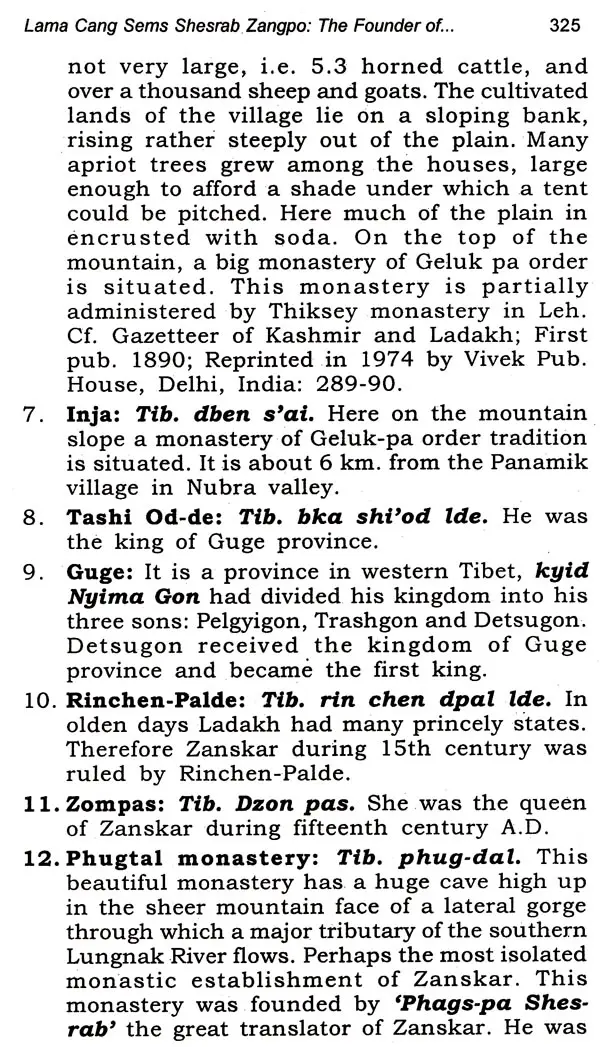About the Book Ladakh, isolated for centuries, therefore, preserved unique historical monuments and cultural heritage.
Recent post fast development activities and tourism in Ladakh have created alarming situation. Hence, we need to imply sustainable development policy, so that besides others we can be able to preserve our rich heritage. This book is an attempt to tell the monastic history of the buddhist monasteries and the alarming situation of migratory birds. I hope this work will be useful for teacher and students who are interested ladakh studies.
About the Author Dr. Prem Singh Jina is a renowned scholar and writer. He did his Ph.D. from Kumaun University, Nainital, and started his professional career in the Central institute of Buddhist studies, Leh-Ladakh in 1981 as a Lecturer in Economics. He has written. eighteen book on Ladakh Himalaya entitled Tourism in Ladakh Himalaya (1994), High Pasturelands of ladakh (1995), Famous Western Explorers to Ladakh (1995). Phyang Monastery of Ladakh (1995), Ladakh: The Land and the People (1996), Recent Researchers on the Himalaya (1997). Tibetan Manuscripts and Inscriptions on Ladakh Himalaya (1998) Some Monasteries of Driyungpa order in Central Ladakh (1999), Changing Face of ladakh Himalaya (1999), Lamayuru Monastery of Ladakh (1999), Ladakh: Past and Present (2000), Ladakh Ki Kala Avam Sanskriti (2001), Development of Ladakh: Recent Researches (2002), Firsthand Tibetan Inscriptions on Stones and Rocks of Ladakh Himalaya (2003), Kesar: Ladakh Ka Etihyas (2004) and Ladakh Himalaya: Past and Present (2005). He has presented 20 papers in the International Conferences. His more than 40 radio talks on different aspects of ladakh have been broadcasted from Leh radio sation. His radio feature on 'Hemis Gonpa' was chosen for national Hook-up and his another feature on 'Ladakh Saj' was chosen for J&K State Hook-up radio programme. He was awarded I.C.H.R. Fellow for 1996-97. He is at present atteched with Central Institute of Buddhist Studies, Leh-Ladakh and is actively doing his research work on Ladakh Himalaya.
Preface Ladakh is today's Tibet. This land of mountains and picturesque situation of monasteries, the rich beauty of other ancient Buddhist monuments, the beat and rythm of musical instruments that accompany the chanting of Buddhist monks, the traditional folk songs and folk dances that have come down through the ages almost unchanged, the colourful masked dances of monastic festivals, the grandeur of snow-capped mountains around small and narrow river basins the simplicity, charm and hospitality of the Ladakhis all help to create this unique mountain of man a great attraction for tourists of all categories and economic status.
Introduction Ladakh is located in the high altitude region of Indian Himalaya. The tourist places and cultural monuments are mostly lying in Indus valley which is not as cold as most people imagine. Summers are quite hot, the most characteristic feature of Ladakh weather is dryness. There is very little rain except during a couple of months in the summer. There is generally very little precipitation and a great deal of direct, strong sunlight. The spring comes late, with blossoms and leaves not appearing until mid-to-end -April. March is the cold edge of winter and it moves into summer. The weather gets progressively hotter and by the end of May the atmosphere dustier. When combined with winds, which can be strong, very unpleasant dust storms can occur. The rain come intermittently in mid-summer. By the July-August winds completely stop and sun shines brightly weather become pleasant. Tourists start to visit Ladakh and soon get into its peak position. The Autumn is cloudy and gets gradually colder to colder until January temperature falls up to 15°C below freezing point. All the passes are blocked by snow, their travel by road in Ladakh is not possible, hence only by Air tourists can visit. Nowadays. Jet and Indian Airlines operate flights. from Delhi to Leh and vice versa.
Book's Contents and Sample Pages
